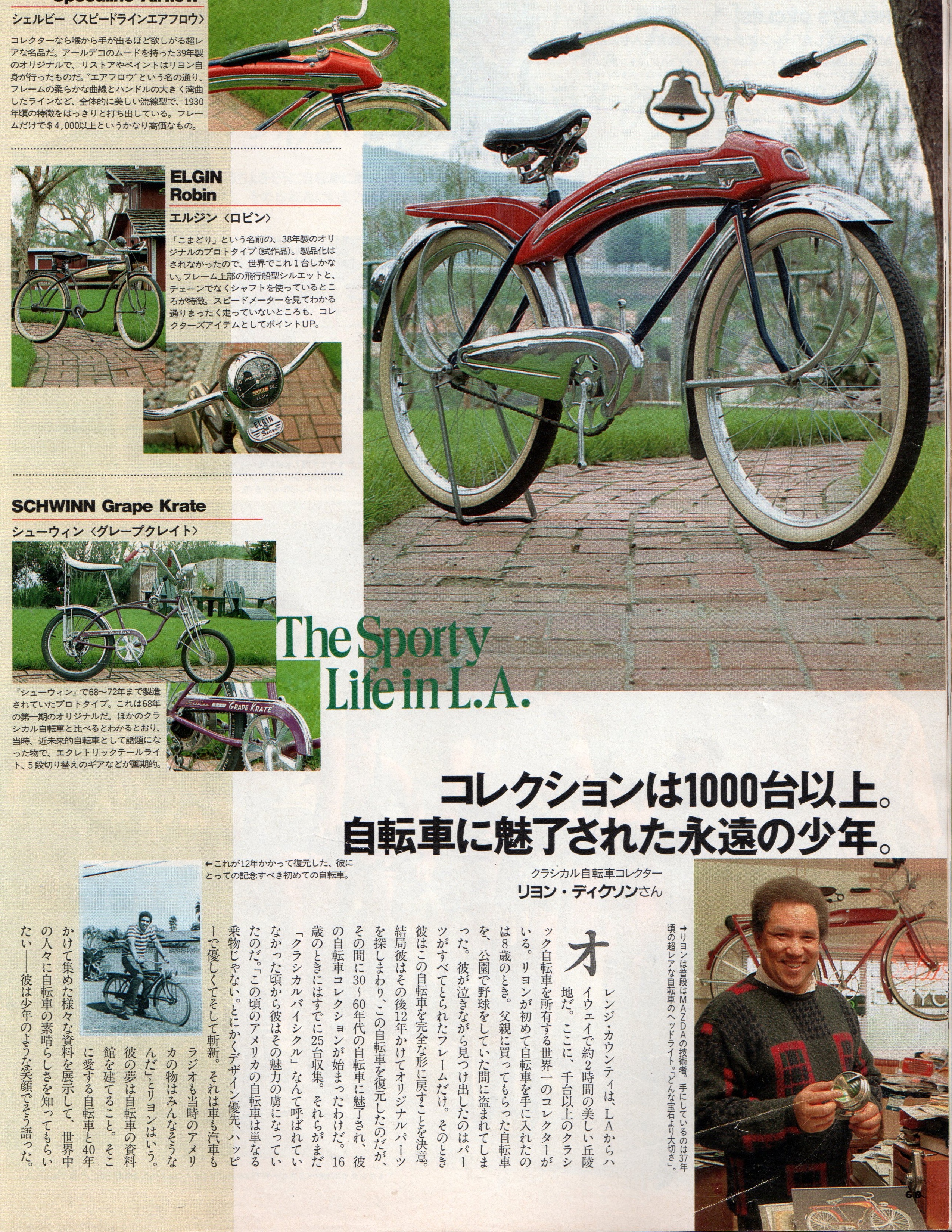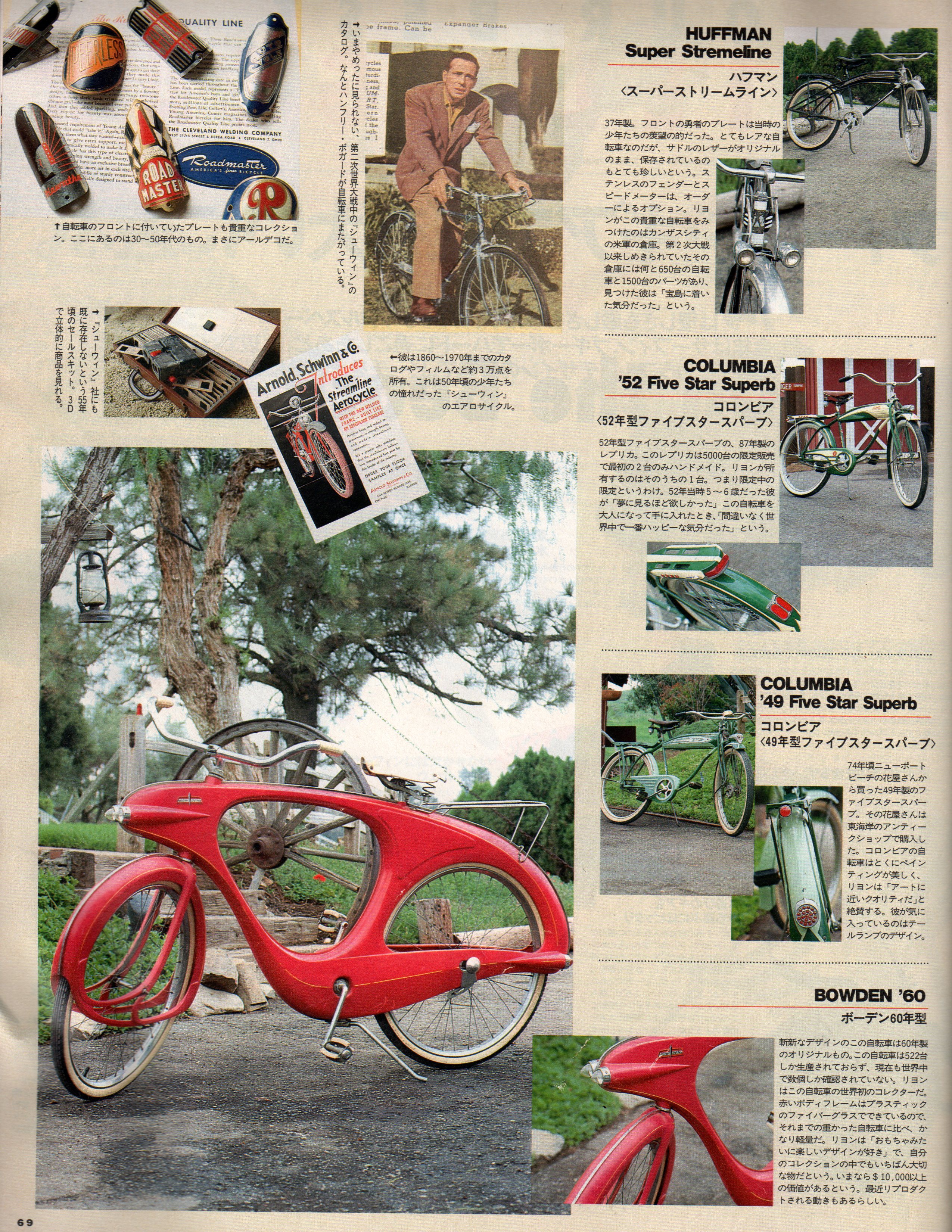
While Leon Dixon's name has never been mentioned publicly or in print in connection with this car, he was involved with the development from early stages and suggested many of the terminologies and design features in addition to working on all of the manuals. He also did early and late test driving of this vehicle. In fact, when the time came to begin production, chief engineer on this car, Mr. Hirai (knowing our experience with convertibles, assembly line techniques and the fact that we worked on the first Mustangs at Ford), summoned Leon Dixon to walk the first five Miata cars down the assembly line. And Leon Dixon was the ONLY American at the engineering wrap party that was held in Hiroshima, Japan in 1989. It was also Leon Dixon who first suggested the concept of a tempered glass rear window for the folding top. This concept was ultimately developed in conjunction with Robbins Auto Top Company (who sold it in the aftermarket) and later was adopted for the production Miata.
Although our employment with this company lasted nearly twenty years, we first went to Japan in the 1960s as a result of a medical condition resulting from a military tour in Viet Nam. So we were no stranger to Japan and the life there. During stays in Japan for automotive work, we became even more familiar with life there, sometimes spending almost six months of the year in Hiroshima. We made friends with local bicycle shops in Hiroshima, Osaka and Tokyo. At one time we were American correspondent for what was then known as Japan Bicycle History Center which was located in the Ginza section of Tokyo. They had–amazingly–already computerized Japan's bicycle history... and this was in the 1980s!
Eventually we were contacted by a Japanese magazine that had heard of the fact that we owned two Japanese Mitsubishi aluminum "DuJee" bicycles made in the 1940s just after World War II. These bicycles are rare today, even in Japan and were rumored to be made of aluminum from Japanese Zero military fighter planes. The magazine asked if we had the bicycles, yes. But then they discovered we had an archive on American bicycles and they were truly excited. The name of this premium glossy magazine was Men's Club
The Men's Club editors' theme for the June, 1993 issue was "Love of Life In America" Most Americans probably don't know this but Japanese love Americana. Back in those days in Hiroshima they would close off a section of the shopping area in Hiroshima and have a kind of 1950's style "sock hop" or dances. The girl's wore poodle skirts and the guys tried to look like what they though 1950s Americans looked (a lot of them dressed up like James Dean or Elvis). All things USA were very big there then and one of the coolest "IN" things to have was a pair of Levi's jeans and a sweatshirt that said "UCLA" on it.
Anyway, this article, definition and images resulted in a lot of interest from numerous others in Japan who collect bicycles. And yesssss....they got their first exposure to the American phenomenon of classic bicycles through...now, who else?
And in case your are curious, some Japanese magazines read (pages printed) from from right to left, rather than from left to right as American publications do. Thus the second page here is actually the first, etc.
For those of you who do not read Japanese, this was a visit to the old offices of NBHAA.com at your curator's former house. The bicycles shown were as follows:
• 1939 Shelby Streamline special model (see more views in the "Take The Oakland Museum Tour" elsewhere on NBHAA.com).
• 1938 Elgin Robin special prototype shaftdrive model ...(yes, we restored it and originally we have three of these. So the people gabbing about them today on the internet got whatever they are saying or imitating one way or another from us).See more views when you "Take The Oakland Museum Tour" elsewhere in NBHAA.com.
• Schwinn prototype Grape Krate... (yesss we know there are odd things about it, but this is how we got it decades ago. It's a prototype, arguers! Read more about it in the NBHAA Gallery section).
• A B&W photo of a much younger curator on his J.C. Higgins Wonderide Deluxe (or what today's daffy collectors have taken to calling "jetflow"). Text describes how we got started collecting and restoring balloon tire bicycles in the 1950s when this bicycle was stolen. Your curator restored it and kept it. Read more about it and this story in the "Historical Articles" section of NBHAA.com.
• Lower right, how it looked inside the old NBHAA office. The bicycle hanging from the ceiling in the background is a 1931 Shelby Lindy (see another view of this bicycle in the "Take The Oakland Museum Tour" section of NBHAA.com. Behind it is an original electric Roadmaster bicycle sign and on the far right, a postwar Schwinn neon sign, both illuminated here. In the foreground is a original color 1937 Colson catalogue opened and a 1930s movie film editor on which we could review and repair our bicycle film collection.
• Some of our headbadge collection, laying on the first prestige full catalogue of postwar Roadmaster bicycles.
• Below the headbadges, the only known Schwinn District Salesman's 3D viewer kit showing 3D factory images of Schwinn bicycles. Nest to it is a photo of our 1934 Scwhinn Aerocycle catalogue (photo not to scale, of course). To the right of this, movie star and originator of Hollywood's Rat Pack (no it wasn't Frank SInatra) Humprey Bogart on a Schwinn (we have the entire series of Schwinn movie star catalogues–there were several different ones).
• Right of Bogey is our "special stainless" edition Firestone Fleetwood Super Streamline. Ours was the first in the world to be restored and it has since been imitated many times. We started collecting Huffman Super streamlines in the 1970s and at one time had the world's largest collection of these. We have owned close to 50 of them. This bicycle was once on display in the 1980s at the Los Angeles County Museum of Art and was later shown in our exhibition at the Oakland Museum (see the Take the Tour section on NBHAA.com).
• Just below the Fleetwood was our reproduction serial #2 of 1952 Columbia that were done in the 1980s. The English headline here is a bit misleading with this is only a reproduction and not the original 1952, We got the second one of these made direct from the company and the president of Columbia officially presented us with the Certificate of Authenticity at a major industry bicycle trade show. Yes, we have the original photos of this event and yesssss, we also advised the company to make the 1941 reproduction–which we liked much better.KNOW HOW TO TELL THE DIFFERENCE IN ONE OF THE FIRST TEN MADE?
• Below the repopped Columbia is our ORIGINAL 1949 Five-Star Columbia... which definitely is NOT a reproduction. For more shots of this bicycle, visit the "Historical Articles" section of NBHAA.com.
• Finally our wild 1960 Bowden Spacelander. ANd no matter what ANYONE tells you... WE were the first to tell you all these "facts" that get repeated all over the internet and made to look like the histories are coming from others who came along DECADES after we had ours and were writing about them. WE INTRODUCED THIS BICYCLE TO COLLECTORS! AND WE SAVED THE HISTORY ON IT WHEN NOBODY CARED. Know what the president of Bomard told us he did with his back then? He sawed it up and tossed it in the trash. So ... think about the real history here of how these got to be collector items. You can thank US... anytime! Read more about it in the "Historical Articles" section of NBHAA.com where you will see the very first magazine history and the ONLY accurate history of this bicycle... right where our imitators glommed the "522 MADE" info they put out on the internet and in articles... without bothering to mention where the got it.
Also while we have very limited ability to read Japanese Hiragana and Katakana writing, with all apologies to our friends from Japan who may want to email us, please do so in English. As the years have gone by, even our limited ability to read Chinese and Japanese characters is waning and communication in English is the only way for us to write effectively. Sumi-ma-sen.
Also, in case you haven't seen it, be sure to check out our ongoing series "HOW IT BEGAN" which tells the true story of how the classic bicycle hobby began. And if someone today tells you what a great expert they are on these bicycles... ask THEM what they were doing when this article was published? Better yet–ask them to SHOW you what they were doing and how many articles BEFORE this one that THEY published?
As usual, no part of this article or the original article may be sold, reproduced by any means or excerpted without written permission of the author or Men's Club magazine.




HOW IT BEGANClick here to enter "HOW IT BEGAN"
MORE NBHAA Historical Articles
GO TO GUIDE TO CORRECTING THE CLASSICS (GTCC)
